- Home
- Machining techniques
- CNC Machining Services
- Cooperative supply services
- Designs
- Materials
- Finishing Services
- Shop
- Products
- Guide
- About Us
- Contact Us
2023.4.27
Water cutting is the process of obtaining pressure energy from water and then ejecting it from a small nozzle, converting the pressure energy into kinetic energy, thereby forming a high-speed jet. Cutting utilizes the kinetic energy of this high-speed jet to impact and destroy the workpiece, achieving the purpose of cutting and forming.
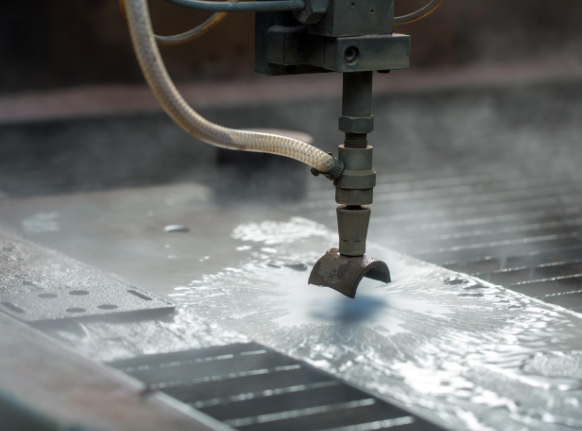
– Cutting materials: Ultra high pressure water knives can cut various thick and hard materials, such as stainless steel, aluminum, copper, steel, marble, alloy metal, glass, plastic, ceramics, ceramic tiles, and various visible materials.
– Cutting accuracy: The accuracy of cutting the workpiece is between 0.1mm and 0.25mm. The accuracy of the workpiece depends on the accuracy of the machine, the size and thickness of the cut workpiece.
– Cutting gap width: It depends on the size, thickness, and nozzle used in the cutting work. Generally speaking, the incision for sand cutting is approximately 1.0mm to 1.2mm. As the diameter of the sandknife tube expands, its incision also becomes larger.
– Cutting bevel: The cutting speed operated determines the quality of the bevel. Most of the good cutting qualities seen are around 0.1mm on one side.
– Scope of application: Generally speaking, for materials with complex patterns, thickness, difficulty in cutting, fragility, and fear of heat, it is suitable for using water jet cutting as processing equipment.
Water jet cutter is a machine that uses a mixture of high-pressure water flow and abrasive (usually quartz sand) to cut materials. The working principle can be simply summarized as the following steps:
1. Generate high-pressure water flow: The water jet cutting machine uses a high-pressure pump to push water into the high-pressure water jet system. Usually, high-pressure pumps can increase the pressure of water to over 60000 pounds per square inch, equivalent to over 4000 atmospheres, making the water a high-speed jet.
2. Adding abrasive: In order to improve cutting efficiency and quality, water jet cutting machines also add abrasive to high-pressure water flow. These abrasives are usually fine quartz sand particles, which can increase the abrasive force of water flow, thus cutting materials more easily.
3. Cutting material: High pressure water flow and abrasive mixture are sprayed onto the surface of the material to be cut. These jets impact the surface of the material at extremely high speeds, causing it to rupture and peel off. Due to the very small jet of the Yongtao water knife cutting machine, it can cut very fine shapes and contours without generating too much heat during the cutting process and causing no damage to the material.
4. Cooling material: Due to the fact that the water jet cutting machine does not generate a large amount of heat during the cutting process, the material will not overheat or deform. In addition, since water itself is a coolant, the material can also be cooled during the cutting process to avoid overheating or deformation.
5. Water source system: The water knife cutting machine pressurizes ordinary tap water or treated water to a high-pressure water source through a water pump, usually with a water pressure of 60000 psi or higher.
6. Nozzle system: Transport high-pressure water source to the water cutting head, pass through the nozzle, and form a high-speed water column. The commonly used nozzle is a tungsten steel nozzle, which has extremely high hardness and can withstand the impact of high-pressure water flow.
7. Cutting process: The high-speed water column impacts the surface of the material to be cut, and the high speed and strong impact force of the water flow can cause the material to fracture, achieving cutting. For certain materials that are difficult to cut, a water jet cutting machine can also be used in conjunction with the addition of abrasive for cutting, which is called abrasive water cutting.
8. Control system: The control system of water jet cutter is mainly composed of computer and motion controller. The computer is responsible for designing cutting patterns, setting cutting parameters and monitoring the cutting process, while the motion controller controls the movement of the water jet cutter head to achieve accurate cutting.
9. Auxiliary system: The water jet cutting machine also requires some auxiliary systems to ensure cutting quality and safety. For example, the water cutting head needs to be continuously cooled to avoid overheating and damage; The water cutting machine also needs to be equipped with wastewater treatment equipment to treat the wastewater generated during the cutting process.
There are several types of water jet cutting machines available, each designed for specific cutting applications. Here are some of the most common types of water jet cutting machines:
Bridge-Type Water Jet Cutting Machines: Bridge-type machines have a large table and a bridge that spans the table. The cutting head moves along the bridge and can cut large sheets of material. These machines are commonly used in the fabrication of architectural and industrial parts.
– Gantry-Type Water Jet Cutting Machines: Gantry-type machines are similar to bridge-type machines, but the gantry is supported by two or more legs instead of a bridge. These machines are ideal for large, heavy workpieces and are often used in shipbuilding and aerospace applications.
– Portable Water Jet Cutting Machines: Portable water jet cutting machines are small, lightweight, and easy to move. They are ideal for on-site cutting, such as in construction, demolition, and emergency response situations.
– Robotic Water Jet Cutting Machines: Robotic water jet cutting machines use industrial robots to control the cutting head, offering greater flexibility and precision. These machines are commonly used in automotive and aerospace applications.
– Micro Water Jet Cutting Machines: Micro water jet cutting machines use high-precision cutting heads to cut small and delicate parts. They are commonly used in the medical and electronics industries.
– Hybrid Water Jet Cutting Machines: Hybrid water jet cutting machines combine the precision of water jet cutting with the speed and power of other cutting methods, such as plasma cutting or routing. These machines are ideal for cutting thicker materials or for applications that require both high precision and high speed.
Overall, the type of water jet cutting machine used depends on the material to be cut, the required precision and speed, and the specific application.
 Waterjet Cutting Materials: What Materials Can Be Cut With A Waterjet?
Waterjet Cutting Materials: What Materials Can Be Cut With A Waterjet?
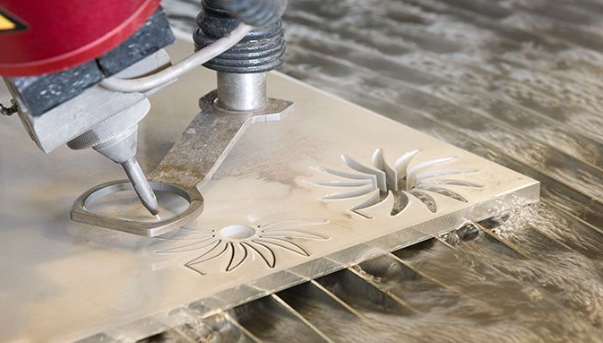 What Is Waterjet Cutting – Applications, Uses, Types, How Does Waterjet Cutting Work
What Is Waterjet Cutting – Applications, Uses, Types, How Does Waterjet Cutting Work
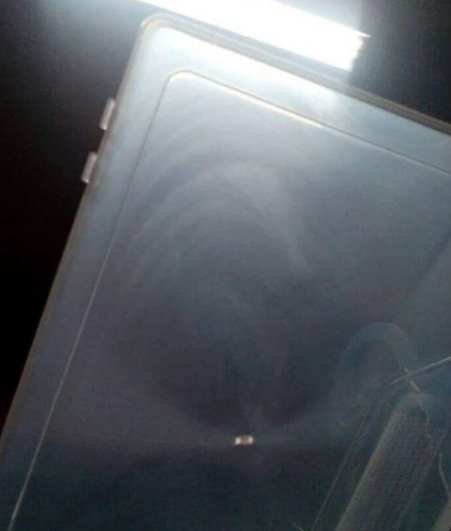 Flow Lines In Injection Molding: How To Solve & Prevent | CNCLATHING
Flow Lines In Injection Molding: How To Solve & Prevent | CNCLATHING
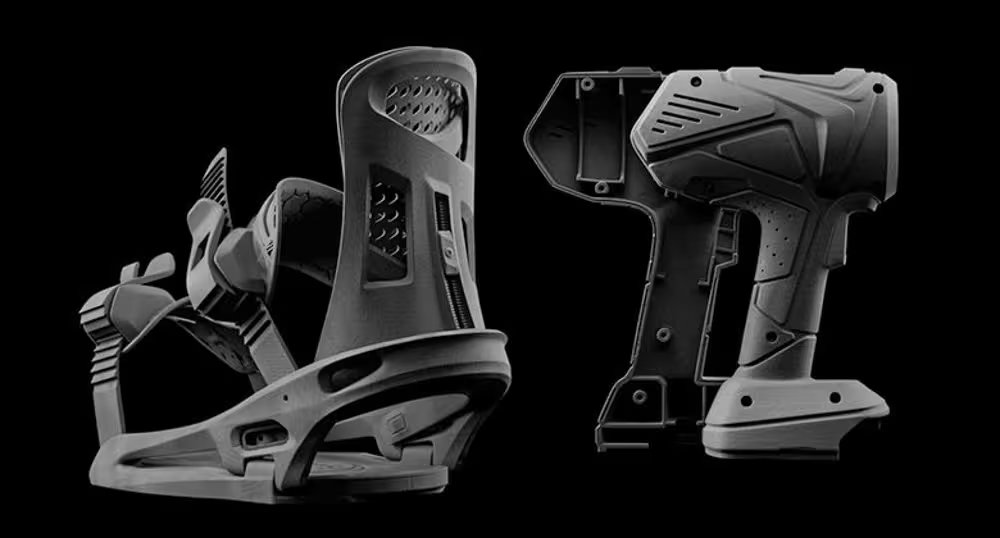 What is Multi Jet Fusion & How It Work – HP MJF 3D Printing Principle, Benefits, Price, Applications
What is Multi Jet Fusion & How It Work – HP MJF 3D Printing Principle, Benefits, Price, Applications
 Spring Material Types (Properties, Grades, Uses) & Best Selection for Your Project
Spring Material Types (Properties, Grades, Uses) & Best Selection for Your Project
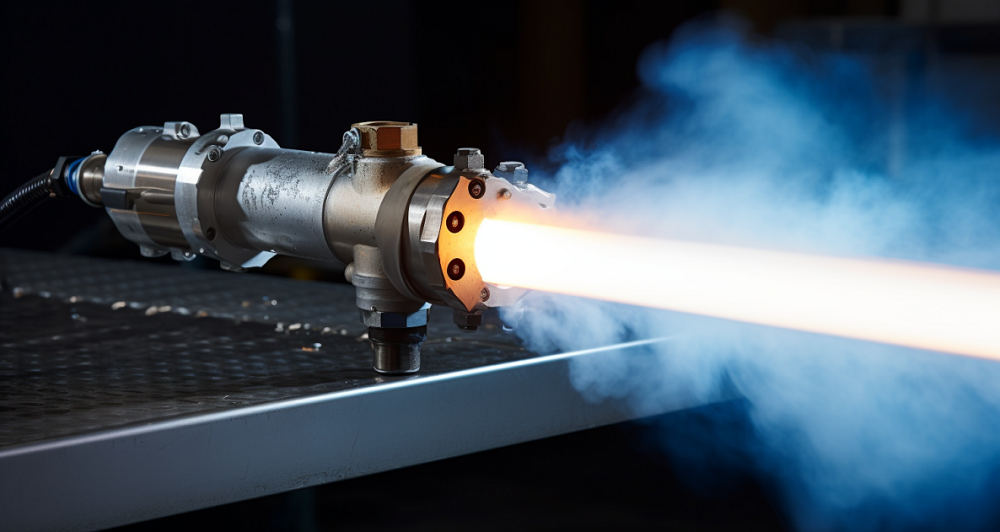 What is HVOF Coating – HVOF Thermal Spray Process, Materials, Benefits, Machine, Applications
What is HVOF Coating – HVOF Thermal Spray Process, Materials, Benefits, Machine, Applications
